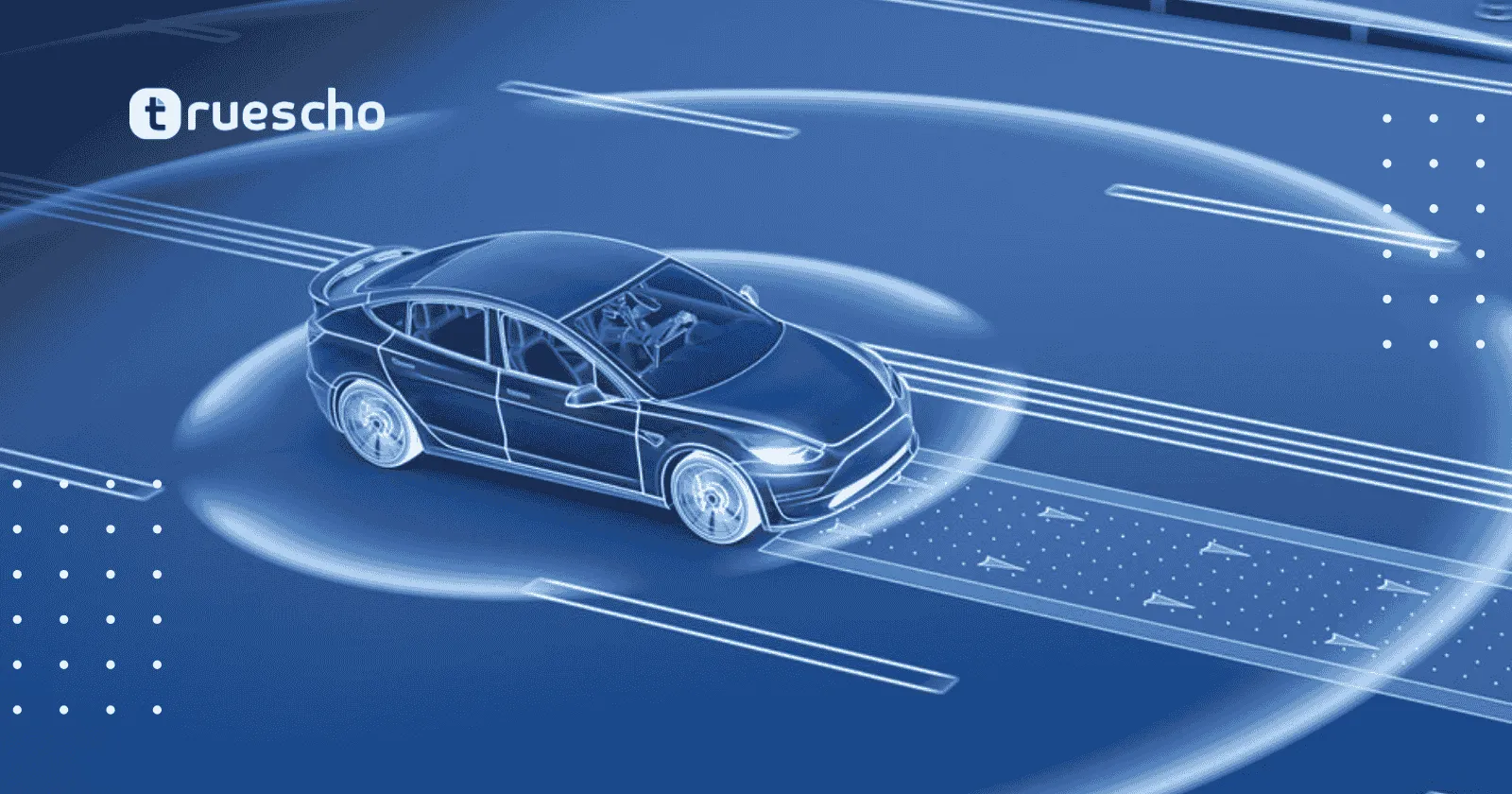Nvidia investment in autonomous vehicles
Table of Contents
The Genesis: The AlexNet Revolution
In 2012, the world of machine learning was transformed by a neural network architecture known as AlexNet. Developed by computer scientist Alex Krizhevsky in collaboration with Ilya Sutskever and AI researcher Geoffrey Hinton, AlexNet astonished the academic community by achieving an impressive 84.7% accuracy in the ImageNET competition. The success of AlexNet not only spurred widespread interest in deep learning, it also provided a clear demonstration of the power of neural networks. For Nvidia, this breakthrough was far more than a benchmark achievement – it was a signal that the future of computing lay in harnessing the capabilities of advanced AI models. Huang later recalled how witnessing this milestone inspired Nvidia to “go all in” on developing technology for self-driving cars. In his words:
“The moment I saw AlexNet and we’ve been working on computer vision for a long time – was such an inspiring moment, such an exciting moment. It caused us to decide to go all in on building self-driving cars. So we’ve been working on self-driving cars now for over a decade. We build technology that almost every single self-driving car company uses.”
This inspirational recollection underscores the significance of that early breakthrough, which effectively reshaped Nvidia’s investment strategy toward the automotive industry.
Nvidia’s Path to Autonomous Driving
It is this decisive moment that fueled Nvidia’s relentless commitment to building systems that power autonomous vehicles. Recognizing that the automotive industry was on the cusp of a technological overhaul, Nvidia embarked on a journey that would eventually result in its deep integration with almost every facet of automated driving. Over the past decade, Nvidia has developed an ecosystem of products and solutions that are now central to self-driving technology. Their contributions extend from advanced GPUs used in data centers to specialized systems-on-chip that direct in-car decision making. The company has forged crucial partnerships across the automotive sector, collaborating with numerous automakers, suppliers, and tech innovators. Some key elements of Nvidia’s approach include:
- Advanced GPU Technology: Essential for processing vast amounts of data necessary for real-time vehicle navigation.
- Digital Twin Simulations: Tools that allow manufacturers to virtually test production processes and optimize vehicle designs.
- Safety-Focused Operating Systems: Systems built specifically for the rigorous demands of autonomous driving.
These innovations have not only strengthened Nvidia’s foothold in the automotive industry but have also helped drive safety and efficiency in modern vehicles.
Strategic Industry Partnerships
Nvidia’s momentum in autonomous driving is further reflected in its growing list of strategic partnerships. The company has collaborated with leading automakers and technology firms to integrate its cutting-edge hardware and software into vehicles and manufacturing processes. Automakers such as Tesla and emerging developers like Wayve and Waymo have relied on Nvidia GPUs to support the intensive computational needs of data centers. Meanwhile, automotive giants including Mercedes, Volvo, Toyota, and Zoox are leveraging Nvidia’s specialized system-on-chip solutions and safety-operating systems to enhance their self-driving capabilities. These collaborations underscore a central theme: Nvidia’s technology is now a cornerstone of the autonomous vehicle ecosystem. By working closely with industry leaders, Nvidia continues to push the envelope of what is possible, ensuring safer and more efficient roads for the future.
Tips for Innovators in Autonomous Vehicles
For startups, established automakers, or tech enthusiasts looking to make an impact in the autonomous driving space, here are some actionable tips:
- Embrace Data-Driven Decision Making: Neural networks and deep learning require robust, high-quality datasets. Consider investing in data acquisition and analysis to optimize your AI models.
- Collaborate with Industry Leaders: Partnerships can provide access to advanced technologies and insights that drive innovation.
- Stay Informed on Industry Trends: The field of autonomous driving is evolving rapidly. Follow reputable sources and engage in continuous learning to keep your strategies current.
- Prioritize Safety and Reliability: Safety is paramount in automated driving systems. Ensure that your product development includes rigorous testing and validation protocols.
By incorporating these strategies, innovators can better position themselves in an increasingly competitive market.
Reflections on Nvidia’s Investment Journey
Nvidia’s shift toward autonomous vehicles exemplifies how a single transformative moment in technology can dictate a company’s future investments. The lasting effect of AlexNet’s success is evident in the robust technological ecosystem that Nvidia now offers to the automotive industry. Today, Nvidia’s products are indispensable components in the engine that drives the evolution of self-driving vehicles. From GPUs that accelerate computations at lightning speed to sophisticated AI algorithms that render digital twins of production processes, Nvidia’s portfolio is a testament to its forward-thinking vision. This story serves as a reminder to all innovators: sometimes, a breakthrough moment from over a decade ago can illuminate a path to future success. By remaining adaptable and ready to invest in emerging technologies, companies can transform industries and change the world.
Read also: Data breach at stalkerware SpyX
Conclusion
The journey from a pioneering neural network like AlexNet to a full-fledged investment in autonomous vehicles highlights the dynamic evolution of technology in the automotive industry. Nvidia’s story is an inspiration for anyone looking to harness the potential of artificial intelligence. The investment in autonomous vehicles, ignited by a breakthrough AI model from over a decade ago, has paved the way for innovations that are reshaping the future of transportation. As the automotive industry continues to evolve, Nvidia remains at the forefront of technological innovation. Their commitment to pushing boundaries serves as a reminder that the seeds of past breakthroughs can blossom into groundbreaking solutions for tomorrow’s challenges. For content creators and tech enthusiasts alike, keeping pace with these advancements is crucial. And while you explore the future of technology and content, remember to leverage cutting-edge tools like AR WRITER AI to enhance your creative process.
Read also: NA10 MCP Agent Update






